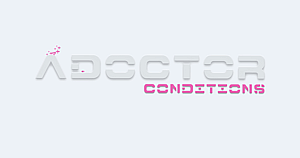
...were misdiagnosed. These symptoms include: Sudden, sharp chest pain Sudden shortness of breath Rapid heart rate Coughing up foamy mucus or blood Anxiety Fainting Based on statistics, up to 89%...

...chemotherapy or radiotherapy, are involved. Possible Risks and Complications The different types of treatments used for blood-related disorders, such as bleeding and blood clotting diseases, come with certain risks. With...

...and a dialysis machine are used to clean the blood. This method involves redirecting the patient’s blood flow to a dialysis machine where the blood is filtered before being returned...

...lower blood pressure and control blood sugar – Dialysis to remove waste products from the blood – Kidney transplantation – Dietary modifications to reduce strain on the kidneys – Lifestyle...

...lungs, the blood cannot get essential oxygen. Oxygen-rich blood is needed so that all cells and organs, such as the brain and heart, can work properly. The heart muscle needs...

...the other hand, transports oxygen-deficient blood to the heart for re-oxygenation. When an arteriovenous fistula develops, it interrupts the normal physiological process in as much as the normal blood flow...

...leg, thigh, or pelvis. Pulmonary embolism (PE): This is a blood clot that blocks blood flow through an artery in the lung. It happens when a DVT fragment breaks loose...

...mother. When a baby and mother have incompatible blood types, the mother’s blood can destroy red blood cells in the baby and cause jaundice. Diagnosing neonatal jaundice Babies are checked...

...20% of the oxygen coming from the heart. It also needs to maintain an ideal blood flow through the many blood vessels. If there’s too much blood supply, it increases...

...caused by the heart muscle not getting enough blood.[15][16] Nicotine also makes the heart beat faster and increases blood pressure, meaning the heart has to work harder to pump blood...








